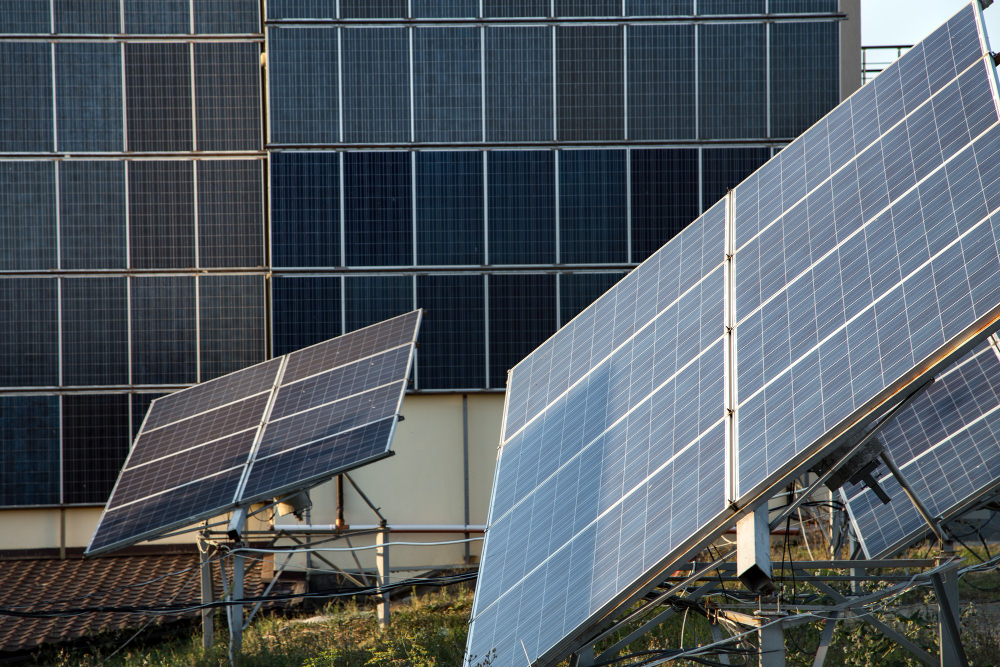Solar energy is not just a fad or a trend, it is a viable and efficient source of energy. The more people embrace the use of solar power, they are faced with the problem of high costs of installation. Luckily, most governments across the globe have adopted policies that encourage the use of solar energy through the provision of rebates and subsidies. Discover how subsidies for solar energy are driving the adoption of renewable power, making solar solutions more affordable for businesses and homeowners. Here in this blog, let us understand how these government programs operate and how you can use them to go solar for your home or business.
1. Understanding Solar Incentives
Solar incentives are government incentives that are offered to the users of solar energy to encourage the use of the energy. These incentives can lower the initial cost of installing solar panels and make the use of solar power more appealing to homeowners and businesses. Incentives depend on the country, state, and local government hence the need to find out the available incentives in your region.
2. Federal Tax Credits
In most countries, federal tax credits are one of the key drivers of the solar energy market. For instance, in the United States, the Federal Investment Tax Credit (ITC) lets homeowners and business people reduce the amount of federal taxes they pay by a percentage of the cost of the solar system. This tax credit can help pay for a large portion of the installation cost and make solar energy more accessible. The ITC percentage has changed over the years, thus it is important to find out the current rates and deadlines.
3. State and Local Rebates
Besides the federal tax credits, there are also state and local rebates for solar energy systems. These rebates can even bring down the cost of installing the solar panels even further. The programs differ from state to state, while some of them provide cash rebates or direct payment according to the system size or efficiency. Local governments may also have incentives for solar adoption, including property tax exemptions or grants for renewable energy projects.
4. Net Metering
Net metering is a policy that enables the owners of solar energy systems to be compensated for the electricity they produce which is fed into the grid. This means that if your solar power system generates more power than your household consumes, the excess power is fed to the power grid and you are given credits on your electricity bill. These credits can be used to pay for the electricity you use from the grid, especially during that time when your solar system is not generating enough power. It is crucial to know how net metering works depending on the state or country you live in since it may differ.
5. Feed-In Tariffs
Feed-in tariffs (FiTs) are another type of incentive that ensures that you will be paid a fixed amount for every kilowatt hour of electricity produced by your solar energy system. Feed-in tariff is a policy whereby you are paid for the electricity produced and fed into the grid at a fixed price that is usually higher than the prevailing market price. This can give a fixed and steady cash flow from your solar investment which is very important in any business. FiTs are usually fixed for a certain period thus offering long-term revenue streams for owners of solar systems.
6. Solar Renewable Energy Certificates (SRECs)
SRECs stand for Solar Renewable Energy Certificates are issued to the owners of solar energy systems and are tradable financial instruments that represent the environmental attributes of solar energy. SREC programs are in place in some regions and this means that the owners of the solar systems can generate and sell the SRECs to the utilities and other organizations that require the renewable energy credits. SRECs can be sold and this will help in generating some amount of revenue to help in the payment of the cost of installation of the solar system.
7. Green Loans and Financing Options
There are green loans or special financing for solar energy projects in some governments and financial institutions. These loans are usually easy to acquire and are usually accompanied by some benefits like lower interest charges or longer repayment periods thus enabling one to afford the initial cost of the solar panels. Green loans can be useful if you do not want to make an outright purchase of the solar system but would rather borrow.
8. Grants and Subsidies
Grants and subsidies are direct financial contributions provided by governments or organizations to support solar energy projects. Grants are typically awarded based on specific criteria, such as the type of project or the applicant’s location. Subsidies might cover a portion of the installation costs or provide funding for research and development. These programs can help reduce the financial burden of adopting solar energy and make it more accessible to a wider range of people.
9. Property Tax Incentives
Some local governments offer property tax incentives for solar energy systems. These incentives might include exemptions or reductions in property taxes based on the value added to your home by installing solar panels. Property tax incentives can make solar energy installations more affordable and help you recoup some of the costs over time.
10. How to Find and Apply for Incentives
Finding and applying for government incentives can seem daunting, but it’s worth the effort to take advantage of available benefits. Start by researching the incentives offered in your area through government websites, local energy agencies, or solar installation companies. Many solar providers offer assistance with navigating incentive programs and can help you apply for the benefits you’re eligible for.
Conclusion
Government incentives and subsidies play a crucial role in making solar energy adoption more affordable and accessible. By taking advantage of federal tax credits, state rebates, net metering, feed-in tariffs, and other financial benefits, you can significantly reduce the cost of installing solar panels and enjoy the long-term advantages of clean, renewable energy. As solar technology continues to evolve, staying informed about available incentives and taking advantage of these opportunities can help you make the most of your investment in solar power. Embracing solar energy not only benefits your wallet but also contributes to a more sustainable and environmentally friendly future.





